
July 1937 cover of Woman’s Home Companion.
Before the month is over, I thought we might travel into the past with the help of Woman’s Home Companion. Of course, we won’t be hanging around the pool, unmasked, showing off our red, 1937 Dodge…. (She’s sitting on the “running board,” a feature of the older cars driven in my childhood.)

Ad for Dodge cars, 1937.

The bare backed swimsuits on the women go along with the very low backs of late 1930s evening dresses…..

Vogue patterns from 1937.
And what an interesting tan that man on the right would have acquired…. (American men were just getting used to appearing bare chested in public.)
Striped canvas sandals were in, and so were bright red fingernails and toenails.

Ad for La Cross nail polish, July 1937.
Youngsters could wear athletic shoes that looked like classic Keds, but weren’t:
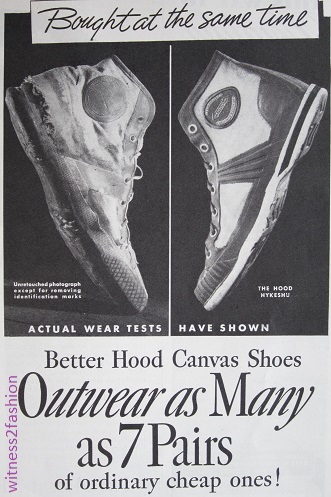
Ad for Hood Canvas Shoes, 1937.

Different models of Hood canvas and rubber shoes were given creative names. (Say Hykeshu out loud.)
1937 was still Depression-era, when many were watching their pennies. Knee-high stockings were featured in these fashion tips:

WHC fashion tips column, July 1937. Note the Pince-Nez glasses!
My glamorous Aunt Irene sometimes wore pince-nez glasses which hung by a black silk cord. (In the drawing, you can see the place where a cord or chain was attached at the side.) She seems to have switched to ordinary glasses in this picture from 1949.

Aunt Irene had bright red hair, bright red lipstick, and sometimes, pince-nez glasses. But not in this photo from 1949.
In 1937, fashions had broad shoulders or puffy sleeves:

One pattern made these three jackets. July 1937. Shoulder pads or a ruffle inside pouffed the sleeve heads.



Other patterns for summer dresses:

“Vacation” dresses for women up to size 44 bust. July 1937.

Dresses for teens and younger women, July 1937.
The green dress has a very wide collar shading the shoulders.

The floral print dress has a cape/collar that looks like sleeves: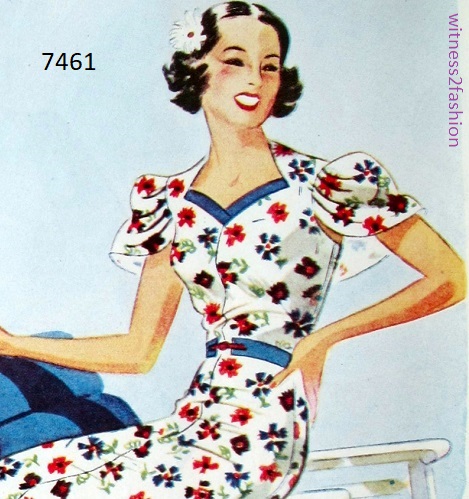
Fashions for older women were brightly colored — and worn with white, punched leather shoes.

“Charm after Fifty” was the caption. July 1937.

Punched leather shoes from June, 1937.
Those “After fifty” women look amazingly tall and trim, but the same July issue ran this “halitosis” ad from Listerine mouthwash:

Elderly People: Your children avoid kissing you? Must be your bad breath…. “You never know when you have halitosis.” “Deodorant Power” Listerine ad, July 1937.
On the bright side, kitchen work was getting easier with the introduction of paper towels!

In 1937, women had to be taught how to use paper towels. Scot ad, July 1937.
But women were finally being allowed to wear shorts on the tennis court!

Tennis shorts and a knit top, July 1937.
And here is a fad that appears frequently: Alpine, Tyrolean, or otherwise Germanic folkwear inspiration.

The Yodel apron, a pattern from WHC. 1937.


Folksy fashion for June 1937.
Considering that storm clouds were forming over Europe in 1937, the 1930s’ fashion for Germanic folk clothing seems odd. (Although this apron is “Swiss.”) The Vintage Traveller has written about and illustrated the “alpine” trend.
Time to get back to the present…. COVID-19, arthritis, etc. Thanks to Randy Rainbow I can hobble around my house singing, “I will save the world / by lying on my couch.” Don’t forget your mask!










































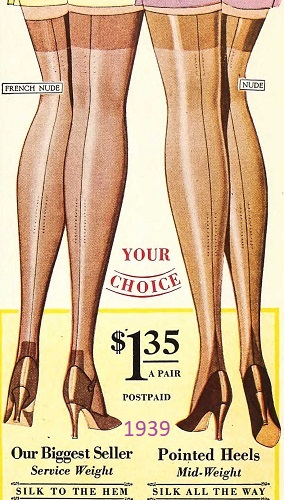





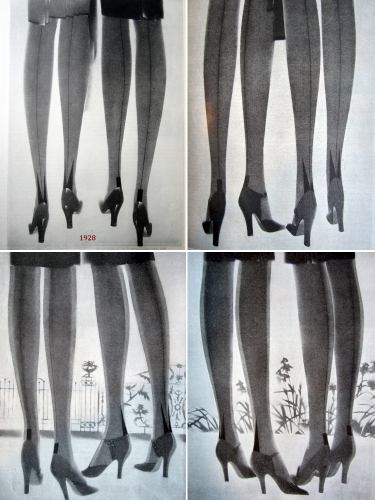
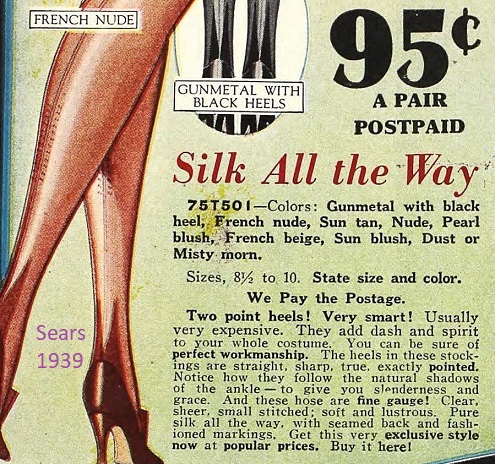
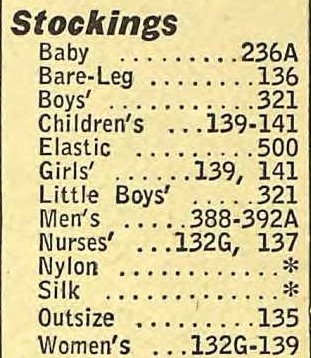


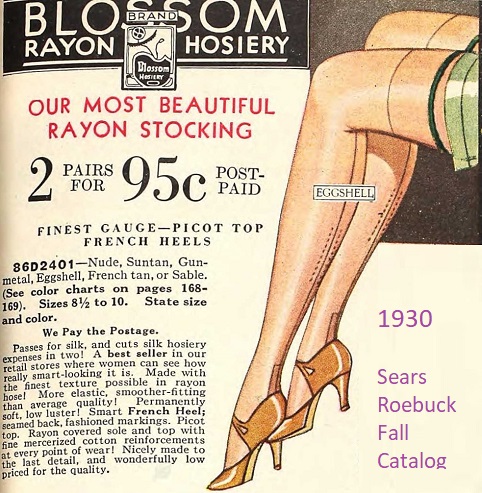
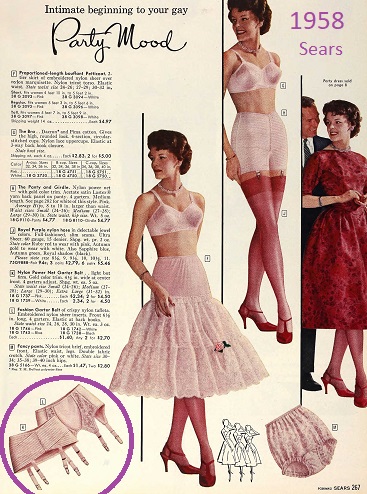





















































































 Dress 4051 has an unusual collar which folds under, and a skirt whose yoke has sharp diagonal lines that add interest.
Dress 4051 has an unusual collar which folds under, and a skirt whose yoke has sharp diagonal lines that add interest.

































